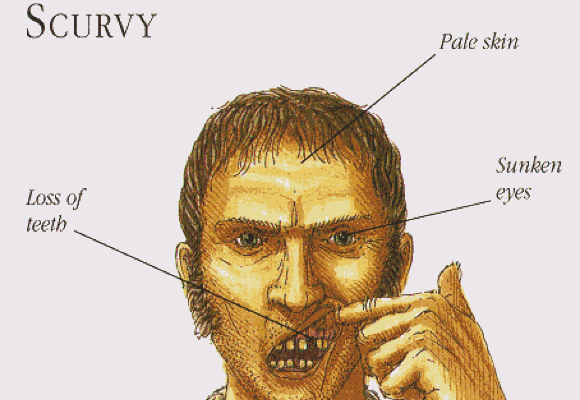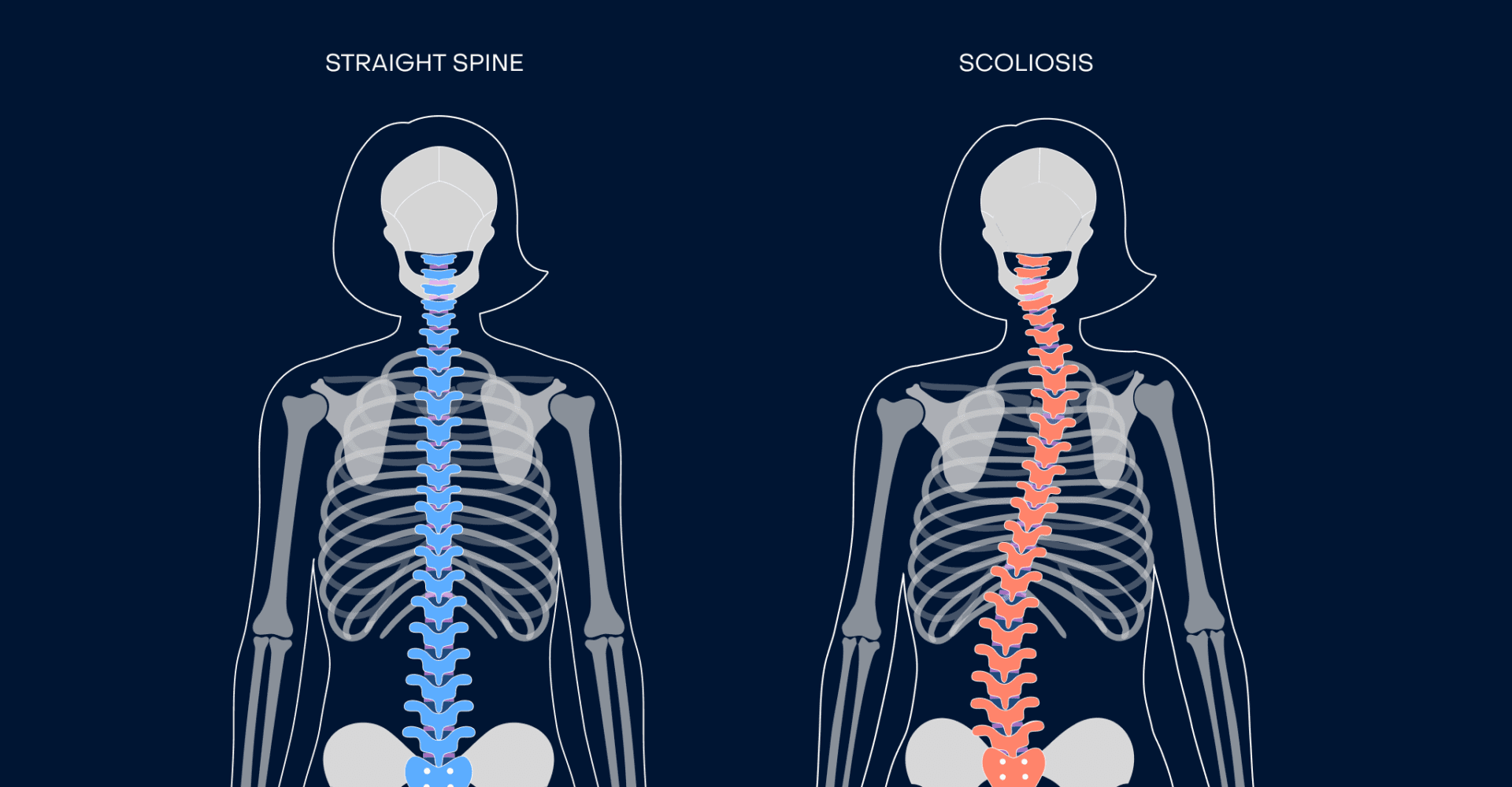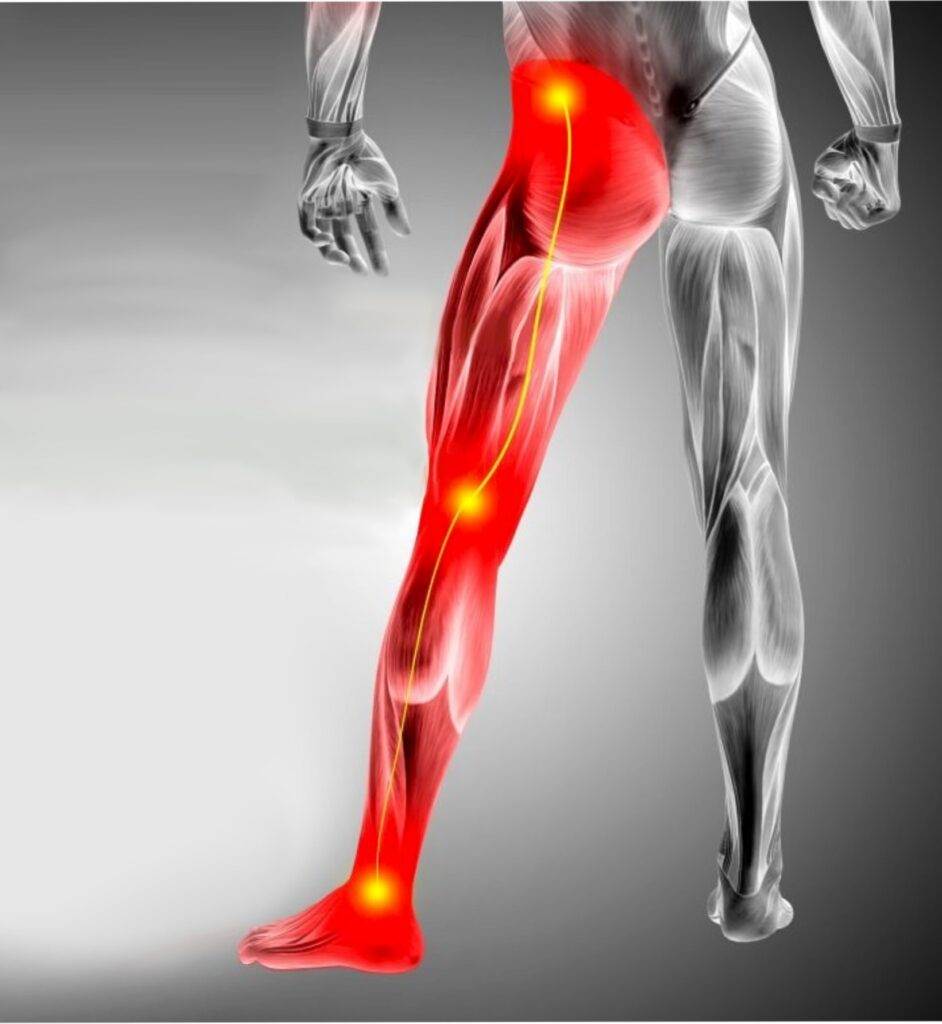Nursing Paper Example on Scurvy
Nursing Paper Example on Scurvy
Scurvy is a disease caused by a deficiency in vitamin C (ascorbic acid), essential for collagen synthesis, iron absorption, and immune function. Although historically associated with sailors and long sea voyages, scurvy can still affect individuals with poor nutrition, especially those lacking fruits and vegetables in their diet. Scurvy affects multiple systems and, without treatment, can lead to significant morbidity and mortality.

Causes of Scurvy
Scurvy occurs when there is a severe deficiency of vitamin C. Vitamin C, an essential micronutrient, is required for synthesizing collagen, a protein necessary for the structural integrity of skin, blood vessels, bones, and connective tissue. Humans cannot synthesize vitamin C endogenously, so they must obtain it through dietary sources, primarily fruits and vegetables (Carr & Maggini, 2017).
Risk factors for scurvy include:
- Malnutrition: Individuals who consume low amounts of fruits and vegetables are at higher risk.
- Restricted Diets: Those with restrictive eating habits, such as people with eating disorders, are at risk.
- Malabsorption Disorders: Gastrointestinal conditions, like Crohn’s disease, can impair vitamin C absorption.
- Smoking: Smoking increases vitamin C metabolism, leading to lower plasma vitamin C levels in smokers.
Signs and Symptoms
Scurvy has distinctive clinical symptoms that arise due to collagen deficiency. Symptoms may develop within one to three months of insufficient vitamin C intake, depending on individual stores and dietary habits. Key symptoms include:
- Fatigue: Early symptoms include fatigue, weakness, and malaise, due to impaired cellular function.
- Gum Disease: Swollen, bleeding gums and gingival overgrowth are characteristic signs of scurvy.
- Bruising and Petechiae: Vitamin C is essential for capillary integrity, so deficiency results in easy bruising and petechiae (small, pinpoint hemorrhages) on the skin.
- Joint Pain and Swelling: Lack of collagen synthesis weakens connective tissues, leading to joint pain and swelling.
- Anemia: Vitamin C aids iron absorption, and its deficiency may lead to iron-deficiency anemia.
- Poor Wound Healing: Scurvy can impair wound healing, causing ulcers and slow recovery from injuries.
Etiology
The etiology of scurvy is primarily dietary deficiency. However, several factors can contribute to the development of vitamin C deficiency:
- Poor Dietary Intake: Individuals with diets low in fruits and vegetables are at the highest risk.
- Increased Metabolic Demand: Certain populations, such as pregnant women or those recovering from illness, may have higher vitamin C needs.
- Increased Excretion: Conditions that increase vitamin C metabolism or excretion, such as smoking or certain medications, can contribute to deficiency.
- Absorption Disorders: Gastrointestinal diseases and surgeries can impair vitamin C absorption, contributing to deficiency.
(Nursing Paper Example on Scurvy)
Pathophysiology
The pathophysiology of scurvy is closely tied to vitamin C’s role in collagen synthesis. Vitamin C acts as a cofactor for proline and lysine hydroxylase enzymes, which are essential in forming stable collagen fibers. In its absence, collagen synthesis is disrupted, leading to weakened capillaries, skin, and connective tissue (Padayatty & Levine, 2016). This results in fragile blood vessels, bruising, gum disease, and poor wound healing.
- Bone and Cartilage Impact: Vitamin C deficiency affects bone remodeling, leading to joint pain and skeletal deformities.
- Immune Function: Vitamin C also plays a role in immune defense, so deficiency can impair immunity, increasing susceptibility to infections.
- Hemorrhagic Symptoms: Deficiency leads to increased capillary fragility, resulting in bleeding gums, petechiae, and ecchymoses.
Diagnosis
Scurvy diagnosis is largely based on clinical history and presentation, with confirmation through blood tests and dietary assessment. Diagnostic approaches include:
- Physical Examination: Signs like bleeding gums, petechiae, and corkscrew hairs are indicative of scurvy.
- Dietary History: An assessment of dietary intake can reveal a lack of vitamin C-rich foods.
- Blood Tests: Low plasma vitamin C levels (typically below 0.2 mg/dL) confirm the diagnosis.
- Radiographic Imaging: In children, X-rays may show ground-glass appearance of bones, metaphyseal widening, and scorbutic rosary (enlarged costochondral junctions).
Treatment Regimens
The primary treatment for scurvy involves vitamin C supplementation. Treatment typically results in rapid improvement, often within 24-48 hours for mild symptoms and up to a few weeks for complete recovery of severe symptoms. Key aspects of treatment include:
- Oral Vitamin C Supplementation: For adults, doses of 1-2 grams per day for the first few days, followed by 500 mg daily until recovery, are recommended. Children receive lower doses based on body weight.
- Dietary Improvement: Introducing vitamin C-rich foods such as citrus fruits, strawberries, bell peppers, and dark green vegetables is crucial for long-term management.
- Monitoring and Follow-Up: Symptoms resolve quickly with treatment, but follow-up is essential to ensure nutritional sufficiency and prevent recurrence (WHO, 2017).
Patient Education
Preventing scurvy requires awareness of the importance of a balanced diet that includes vitamin C-rich foods. Key educational points include:
- Nutritional Education: Individuals, especially those at high risk, should be educated on sources of vitamin C, including citrus fruits, tomatoes, and leafy vegetables.
- Dietary Recommendations: The World Health Organization recommends daily intake of 65-90 mg of vitamin C for adults.
- Awareness for At-Risk Populations: Individuals with restrictive diets, smokers, and people with gastrointestinal disorders should monitor vitamin C intake closely.
(Nursing Paper Example on Scurvy)
Conclusion
Scurvy, while rare in modern times, remains a critical reminder of the importance of balanced nutrition and vitamin intake. Recognizing early symptoms and ensuring adequate dietary intake of vitamin C can prevent this disease and promote overall health. Healthcare providers should remain vigilant for scurvy in at-risk populations and address both nutritional and lifestyle factors to prevent recurrence.
References
Carr, A. C., & Maggini, S. (2017). Vitamin C and immune function. Nutrients, 9(11), 1211. https://www.mdpi.com/2072-6643/9/11/1211
Padayatty, S. J., & Levine, M. (2016). Vitamin C: The known and the unknown and Goldilocks. Oral Diseases, 22(6), 463-493. https://onlinelibrary.wiley.com/doi/full/10.1111/odi.12446
World Health Organization. (2017). Nutritional requirements for vitamin C. https://www.who.int









